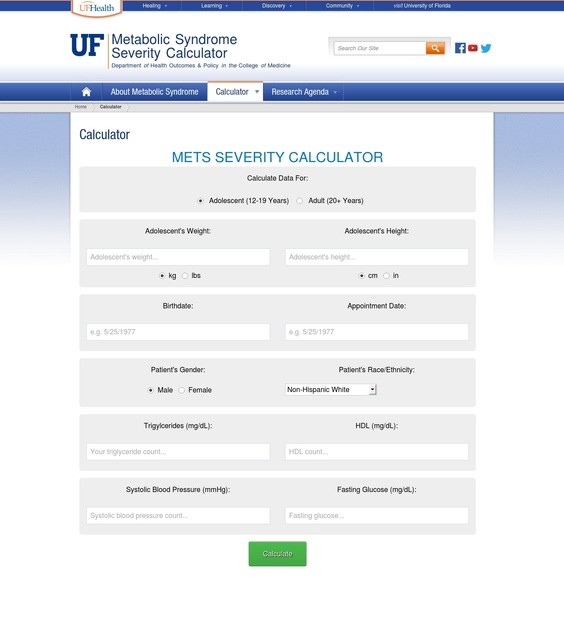The role of selenium in diabetes has been controversial, with some studies suggesting that it raises diabetes risk and others finding that it is protective. Now, research published in BioMed Central's open access journal Nutrition and Metabolism, has shown that, for men, high plasma selenium concentrations are associated with a lower occurrence of dysglycemia.
Tasnime Akbaraly, from the University of Montpellier, worked with a team of researchers to follow 1162 healthy French men and women for nine years, monitoring plasma selenium concentrations and incidence of dysglycemia.
She said, "Our results showed that for French elderly males, having plasma selenium concentrations in the top tertile of the population distribution (1.19-1.97 �mol/L) was significantly associated with a lower risk of developing dysglycemia over the following nine years".
During the study period, 127 new cases of dysglycemia occurred, of which 70 were in men and 57 in women. According to Akbaraly, "The reason we observed a protective effect of selenium in men but not in women is not completely clear, but might be attributed to women being healthier at baseline, having better antioxidant status in general and possible differences in how men and women process selenium".
- Plasma selenium and risk of dysglycemia in an elderly French population: Results from the prospective Epidemiology of Vascular Ageing Study. Tasnime N Akbaraly, Josiane Arnaud, Margaret P Rayman, Isabelle Hininger-Favier, Anne-Marie Roussel, Claudine Berr and Annick Fontbonne. Nutrition & Metabolism.
- Journal of NeuroEngineering and Rehabilitation (JNER) is an open access, peer-reviewed online journal that aims to foster the publication of research work that results from cross-fertilization of the fields of neuroscience, biomedical engineering, and physical medicine & rehabilitation.
Source: BioMed Central
Continue Reading Below ↓↓↓











